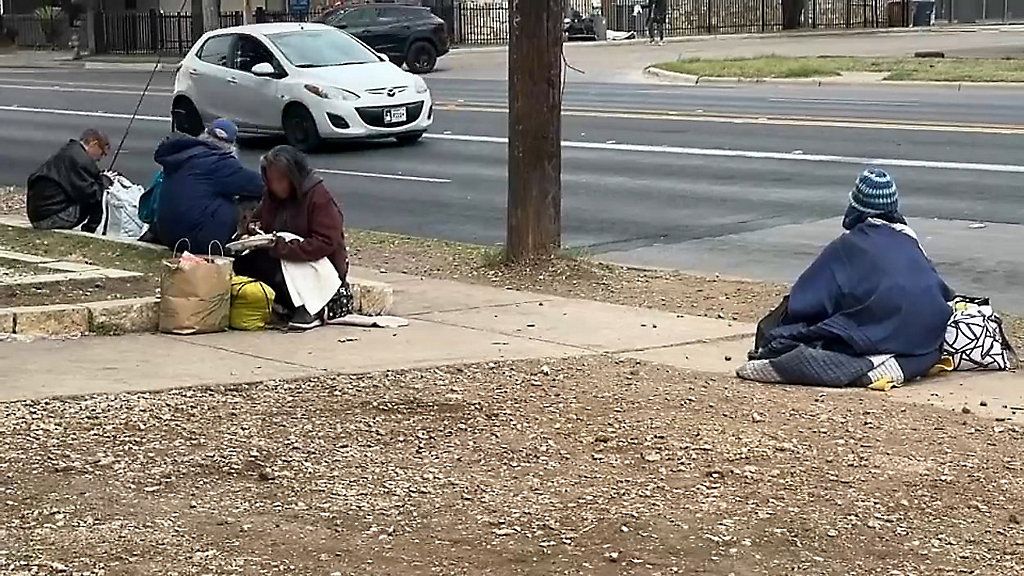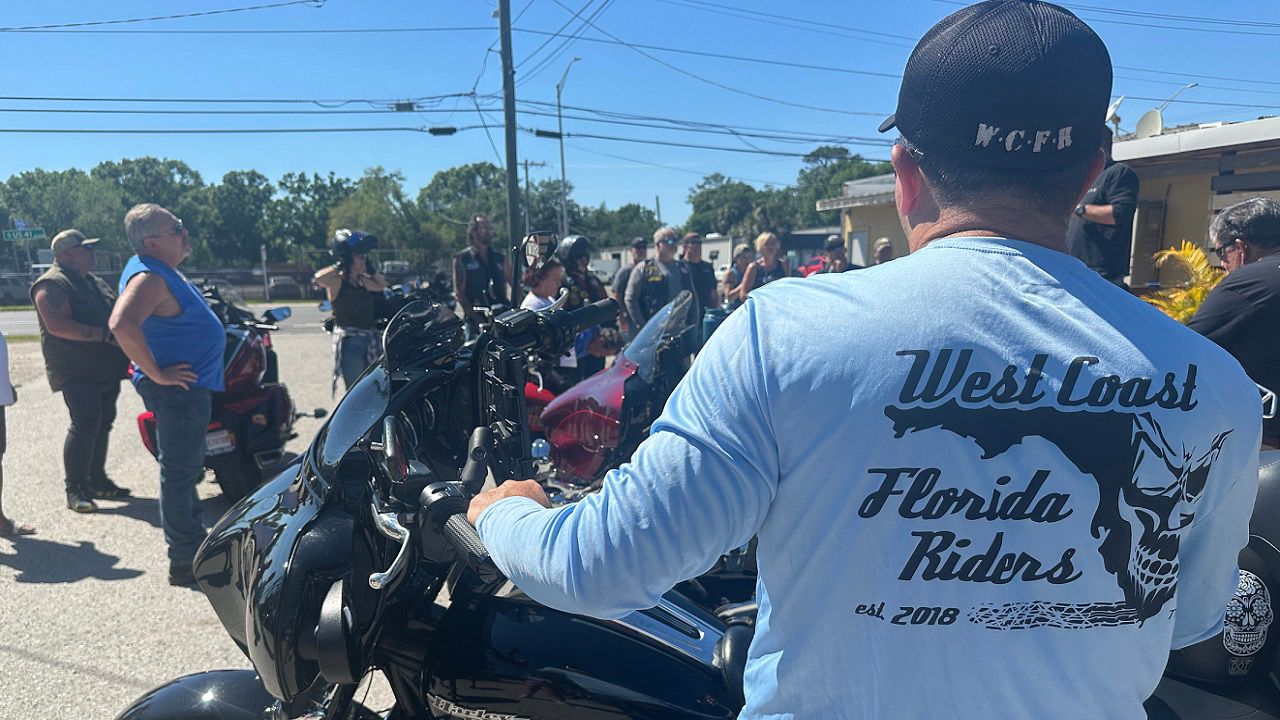ST. PETERSBURG, Fla. — After months of campaigning, the 2020 presidential election cycle finally gets real when the Iowa caucus takes place Monday night.
Unlike any previous Iowa caucus, however, registered Iowa voters who live around the country (and the world) will have a chance to participate in the first election contest of the year.
That includes St. Petersburg, one of four locations in Florida that the Iowa Democratic Party has announced will host a satellite caucus. Here are five questions answered about the local caucus:
1) Who can vote in the St. Petersburg satellite caucus?
Only Democrats who have pre-registered with the Iowa Democratic Party will be allowed to enter the St. Andrew Lutheran Church when the doors open at 4 p.m. on Monday in St. Pete. Over 100 have been approved, says local caucus organizer Donna Winter.
2) Is St. Petersburg the only place in Florida that is hosting a satellite caucus?
There are four locations in Florida where registered Iowa Democrats can vote. The others are in Gulfbreeze, Miramar and Port Charlotte.
All told, there are 24 caucuses being held throughout the U.S. – the only other state with as many as four caucuses are in Arizona.
And there are three international satellite caucuses – in Paris, France; Tbilisi, Georgia; and Glascow, Scotland.
3) How did St. Pete get a satellite Iowa caucus?
Donna Winter lives outside of Cedar Rapids, Iowa, but has been spending the last five winters in St. Petersburg. She's a passionate Democrat who has participated in every Iowa Caucus since 1976.
She traveled back to Iowa four years ago to vote in the 2016 caucus, but jumped at the chance to petition the Iowa Democratic Party to host a caucus locally when they announced last fall that registered Democrats could make such a request. She applied in late November, and found out just before Christmas that the St. Pete site was accepted.
4) Why is the Iowa Democratic Party expanding their caucuses?
Voting in a caucus in Iowa in early February requires effort. The weather can be unforgiving and there is no early voting or voting-by-mail, as in Florida.
Therefore, Iowa Democratic Party officials had announced that they were looking for ways to expand opportunities for Iowa voters to participate. After a proposal for a ‘virtual caucus” was rejected, the Iowa Democrats decided on a satellite caucus plan.
"There are many challenges with developing a new system, especially in such a short period of time," said the state Iowa Democratic party chair Troy Price in a statement. "And a satellite caucus system is the best possible solution to build on the great work of caucus organizers and keep focused on our goal of giving more Iowans a voice in our party and building momentum up-and-down the ticket in 2020."
5) What is a caucus? And how is it different than voting in a primary election?
Caucusgoers show their preference by standing in a section of the room devoted to their candidate.
The people in each group are counted. If the size of the group is at least 15 percent of those attending, that group is considered “viable” and the people in that group must fill out a Presidential Preference Card, sign it and turn it in.
After they fill out that card, those in a 15 percent group can leave or watch the rest of the caucus. They can’t vote again.
Those in groups that didn’t reach the 15 percent threshold in the first count can select a candidate by joining a viable group or forming their own group or build up enough support from uncommitted participants.
After realignment, the groups size will be counted again. That’s the final count – and determines how many delegates are awarded to candidates.









